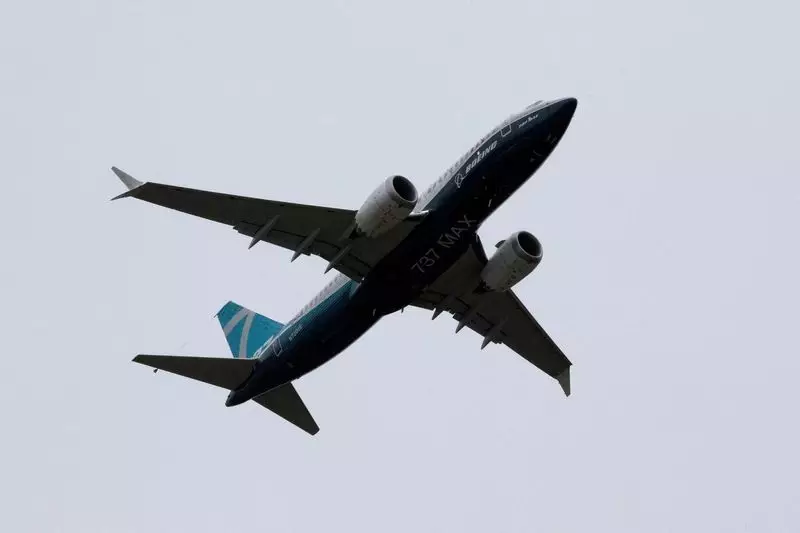Recent events have ignited a critical examination of safety protocols regarding Boeing’s 737 MAX fleet, particularly in light of two significant bird strike incidents involving Southwest Airlines in 2023. The Federal Aviation Administration (FAA) is stepping up its oversight by organizing a review board to meticulously scrutinize the CFM LEAP-1B engines utilized in these aircraft. With safety as an overarching concern, the FAA’s proactive stance reflects the urgency to address vulnerabilities highlighted by the incidents that caused alarming smoke in the cockpit.
In response to these unsettling occurrences, the FAA is actively collaborating with key stakeholders, including Boeing, the engine manufacturer CFM International, and the European Union Aviation Safety Agency (EASA). Such partnerships demonstrate a unified approach to tackle the root causes of these incidents and enhance operational safety. The engine in question has sparked concerns not only due to the cockpit smoke but also the implications it could have on pilot training and emergency procedures. The FAA’s engagement with airlines emphasizes a commitment to refining safety protocols before the introduction of enhancements or modifications.
Interestingly, the fallout from these engine incidents could further extend delays in certifying the 737 MAX 7 and MAX 10 models. As the FAA considers whether procedural changes are warranted, the balance between addressing rare but severe incidents and maintaining operational efficiency remains delicate. The Seattle Times has reported that the FAA may issue interim instructions for pilots, signaling a short-term fix while longer-term solutions are developed. This temporary measure highlights the aviation industry’s focus on balancing safety with the swift integration of new aircraft into the market.
Southwest Airlines has taken proactive steps by promptly informing flight crews about the implications of bird strikes and reiterating the importance of rigorous safety training. The airline’s ongoing partnership with manufacturers and regulatory bodies to secure a permanent resolution underscores a commitment to continued passenger safety. Boeing has also shown a readiness to address safety challenges, as signaled by their earlier bulletin aimed at informing flight crews about potential engine-related issues that may arise during incidents of severe damage.
Market Implications and Lessons Learned
The scrutiny faced by Boeing’s LEAP engines reflects broader implications for the aviation industry. As the world’s largest engine manufacturer, CFM International, co-owned by GE Aerospace and Safran, insists that their engines meet all FAA and EASA certification requirements, the incidents reveal gaps between established regulatory standards and real-world operational challenges. This situation emphasizes the necessity for manufacturers to engage in continuous improvement and innovation to meet the evolving demands of aviation safety.
In a rapidly advancing industry where technology is ever-increasing, the lesson here is clear: vigilance and responsiveness are paramount in addressing safety concerns, ensuring that the trust placed in aviation by the flying public is not compromised. As regulatory reviews unfold and enhancements are implemented, the commitment to safety must remain the top priority for all stakeholders involved.

